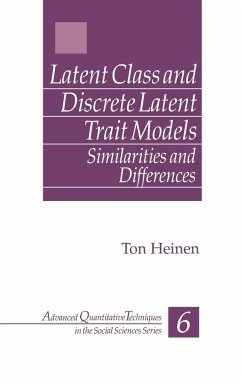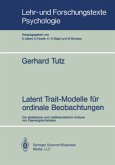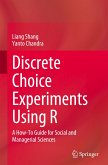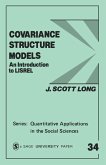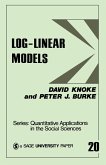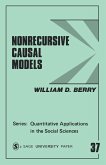The standard latent class model, which has been popular among social scientists as an instrument for data reduction, is also a flexible tool for analyzing structural relationships between categorical variables and can be seen as a natural extension of the log-linear model in order to take measurement error into account. Among behavioural scientists latent trait models have been proposed as the preferable psychometric tools for measuring abilities in such a way that characteristics of items and individuals could be studied separately. However, what are the similarities and differences between the latent class model and latent trait models? Through a careful examination of these issues, Ton Heinen explores topics such as: how to estimate the parameters of latent class analysis models and latent trait models; methods for model selection; and ways to examine the correspondence between discrete latent trait models and certain restricted latent class models. In addition, he reviews log-linear models, latent trait models, a number of restricted latent class models, as well as procedures for the estimation of parameters for these models.

